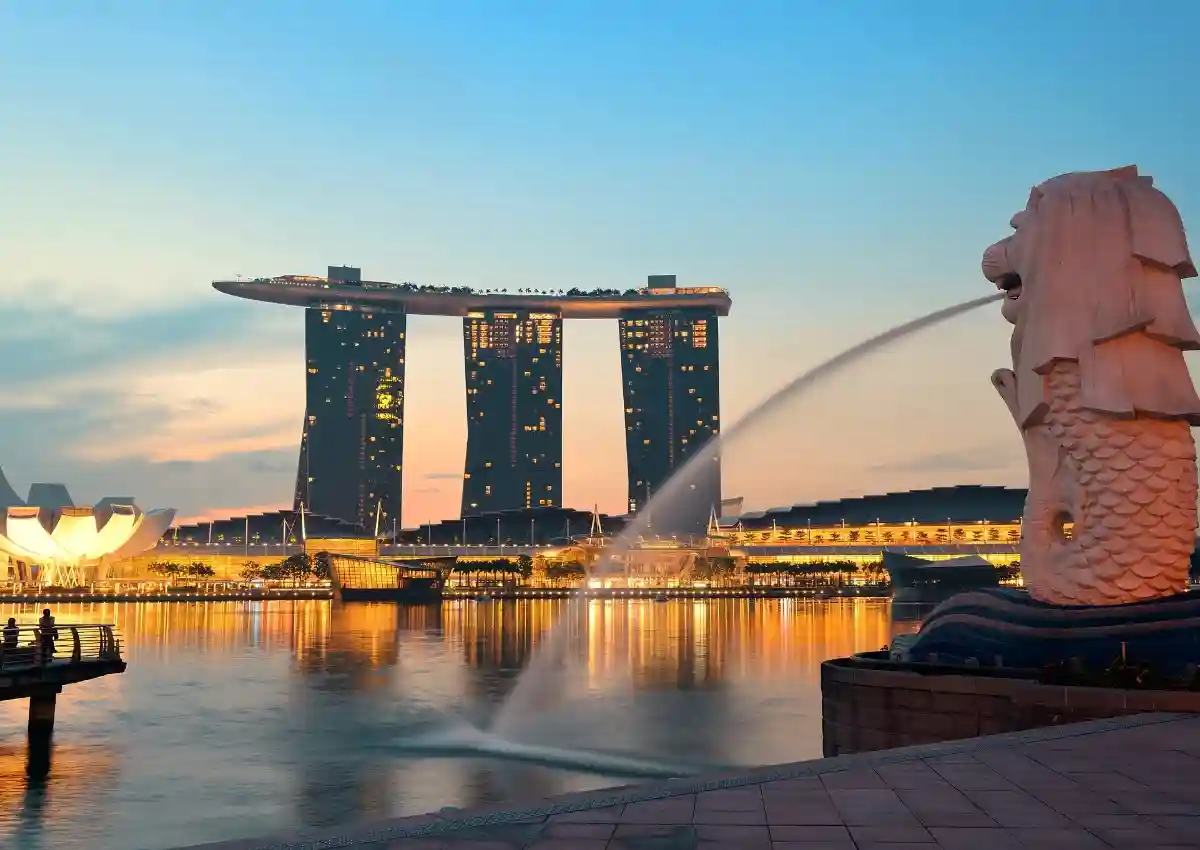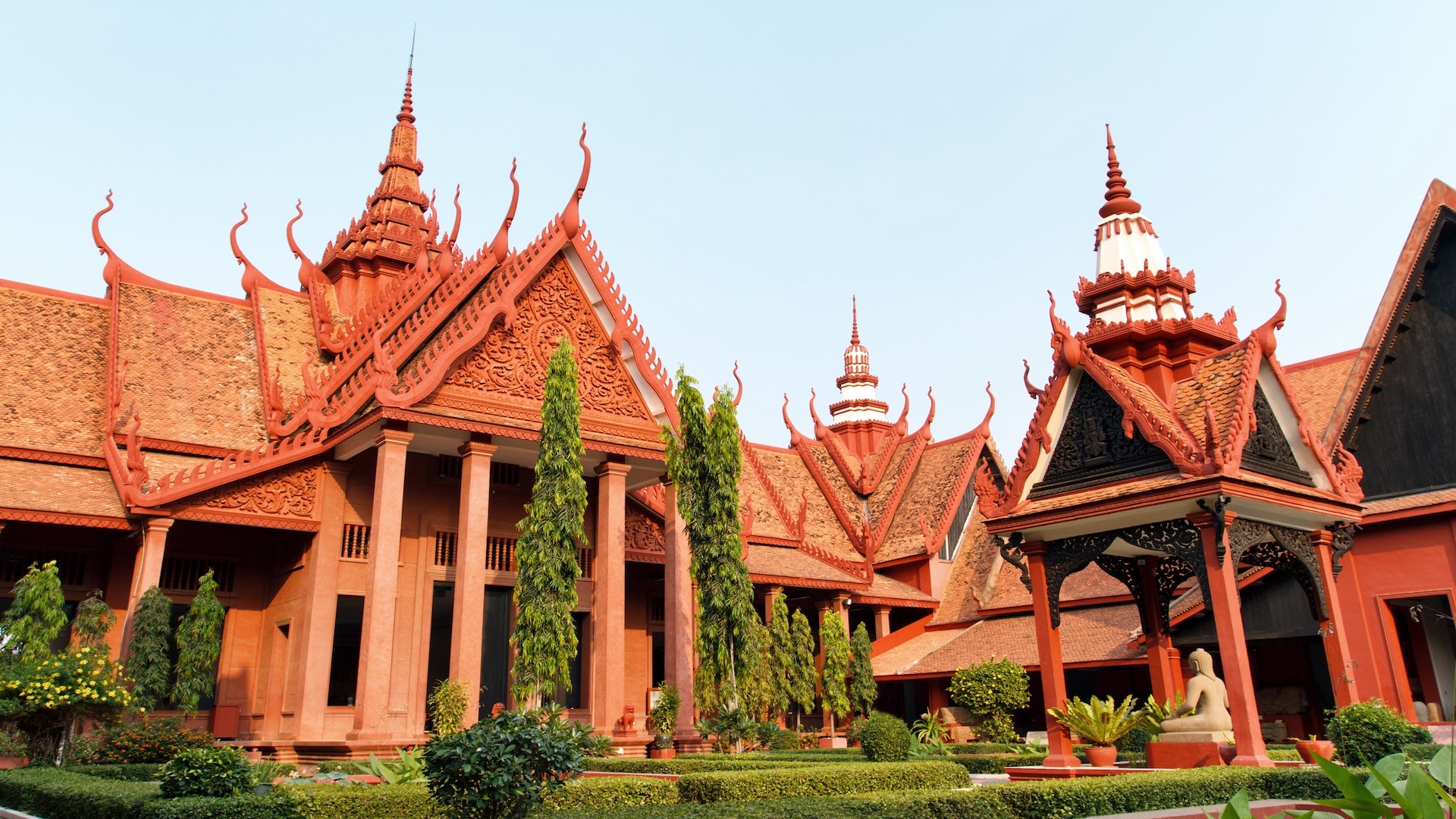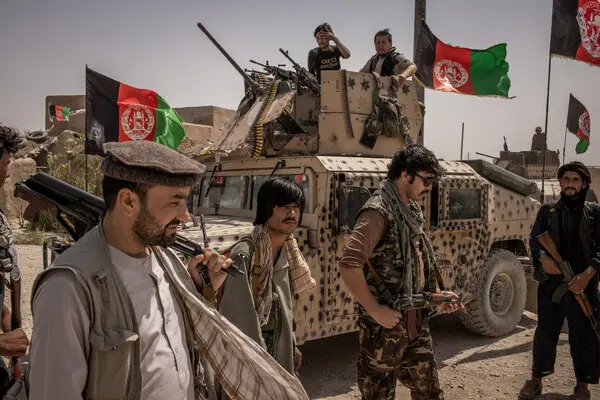Link Slot : situs slot mahjong
Negara berkembang sering kali dipandang hanya dari sisi tantangan yang dihadapi, namun ada banyak fakta menarik yang jarang diketahui tentang negara-negara ini. Berikut adalah beberapa di antaranya:
- Peningkatan Kelas Menengah yang Pesat
Salah satu fakta menarik tentang negara berkembang adalah pertumbuhan kelas menengah yang sangat cepat. Negara-negara seperti India, Indonesia, dan Brasil mengalami peningkatan jumlah kelas menengah yang signifikan dalam beberapa dekade terakhir. Hal ini meningkatkan daya beli, yang mendorong pertumbuhan sektor konsumsi dan meningkatkan permintaan akan barang-barang dan jasa baru. Kelas menengah ini juga menjadi pendorong utama untuk perkembangan pasar domestik dan investasi. - Inovasi Teknologi yang Mengubah Dunia
Negara berkembang sering kali menjadi pusat inovasi yang tidak hanya memenuhi kebutuhan lokal, tetapi juga memberikan dampak global. Misalnya, Kenya terkenal dengan M-Pesa, platform pembayaran mobile yang memfasilitasi transfer uang tanpa rekening bank. Inovasi serupa banyak muncul di negara berkembang, dengan penggunaan teknologi untuk mengatasi masalah lokal, mulai dari pendidikan hingga kesehatan. Teknologi ini sering kali lebih efisien karena harus mengatasi keterbatasan infrastruktur yang ada. - Keanekaragaman Hayati yang Luar Biasa
Banyak negara berkembang, terutama yang berada di kawasan tropis, memiliki keanekaragaman hayati yang luar biasa. Negara seperti Indonesia, Brasil, dan Kongo memiliki hutan hujan tropis yang merupakan rumah bagi berbagai spesies flora dan fauna yang sangat langka dan belum banyak ditemukan di tempat lain. Keanekaragaman ini penting tidak hanya untuk ekosistem global, tetapi juga sebagai potensi untuk penelitian ilmiah dan pengembangan produk-produk berbasis bioteknologi. - Pemerintah Inovatif dalam Mengatasi Kemiskinan
Negara berkembang, meskipun sering menghadapi tantangan kemiskinan, juga telah mengembangkan program-program inovatif untuk mengurangi kesenjangan sosial. Di banyak negara, misalnya, program transfer uang langsung dan mikrofinansial yang diberikan kepada keluarga miskin telah terbukti efektif dalam meningkatkan taraf hidup mereka. Bangladesh adalah contoh yang baik dengan program Grameen Bank yang telah membantu jutaan orang mendapatkan akses ke pinjaman mikro untuk memulai usaha dan mengurangi kemiskinan. - Pariwisata sebagai Sumber Pendapatan Utama
Banyak negara berkembang bergantung pada sektor pariwisata sebagai pendorong utama ekonomi mereka. Negara-negara seperti Thailand, Vietnam, dan Nepal telah berhasil menjadikan pariwisata sebagai sumber pendapatan utama, menarik jutaan wisatawan setiap tahun untuk mengunjungi destinasi alam dan budaya yang unik. Keindahan alam, situs bersejarah, dan warisan budaya membuat sektor ini terus berkembang, meskipun ada tantangan dalam menjaga kelestariannya.
Fakta-fakta ini menunjukkan bahwa meskipun negara berkembang seringkali berhadapan dengan berbagai kesulitan, mereka juga memiliki potensi luar biasa untuk tumbuh dan memberi dampak positif baik di tingkat regional maupun global.








